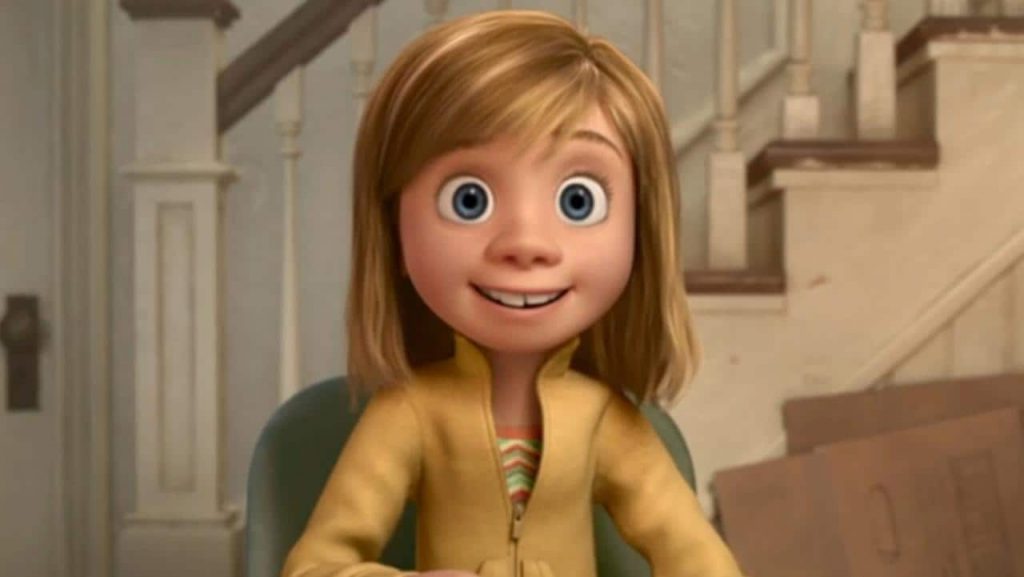In the Pixar movie Inside Out, we are introduced to Riley, a young girl who is navigating a transition prompted by a family move from a rural area to the city. We also meet five of her core emotions – Anger, Fear, Disgust, Sadness, and Joy – represented as colorful characters in conflict at a command console within Riley’s conscious.
We are swept along on Riley’s journey as we get to know the motivations and intentions behind each emotion, and we resonate with this internal world of characters vying for control in the midst of uncertainty.
Like Riley, we have our own internal family of characters with an array of emotional experiences and roles, some of whom we are intimately familiar with, others we haven’t yet taken the time to notice, and a few we avoid.
Trauma’s impact on our internal parts of the psyche
For those who experience abuse or neglect, trauma comes in like a wrecking ball and fragments this cast of characters, sending them tumbling from their places in the console of our psyche. Some quickly return to their places, shaken but functioning, but others retreat off into the shadows.
Trauma can strengthen parts of us focused on control or protection. It can also banish parts of us longing for connection to the depths of our internal world. Some parts only show up when the fire alarms go off, and often respond in ways that increase distress or numb us out from the pain.
Just like Riley’s story, each part with its very real emotions is an integral part of who we are and how we move through our life. However, each part can be in conflict as they work to guide and protect us, undermining our growth and capacity to change.
Integrating our parts
In the movie, the core emotions come together at the end at an expanded control console that has room for them all to work together to help Riley feel more joyful and connected. A crucial aspect of trauma therapy is providing a safe space where all the parts of us impacted by trauma are welcome.

A place where we can slow down, widen our awareness, befriend, ask questions, and gain insight into our internal cast – from the part that holds deep sadness, to the part that is full of rage and despair, to the exhausted part who had to take care of everything. Each of us has an array of parts and our experience of how those are impacted by trauma is equally as diverse.
Parts work is important because these traumatized parts of us are driving our beliefs, our emotions, and our relational patterns. If trauma is causing one part to be in control at the expense of others or responding from a place of disconnection, we are missing out. As we explore these parts together, we will find some parts that have been in hiding need to play a bigger role, while other parts may need to become more of a team player.
All of this work is done from a place of compassionate understanding – that all the parts are important, and the goal is integrating these parts from a grounded and strong sense of self now that the trauma has passed.
